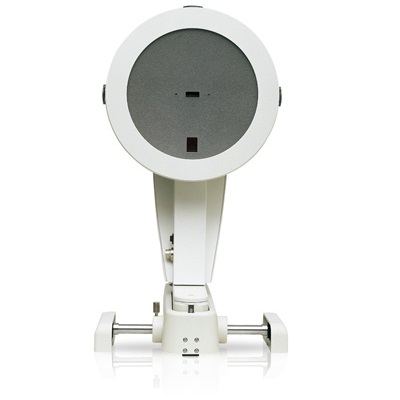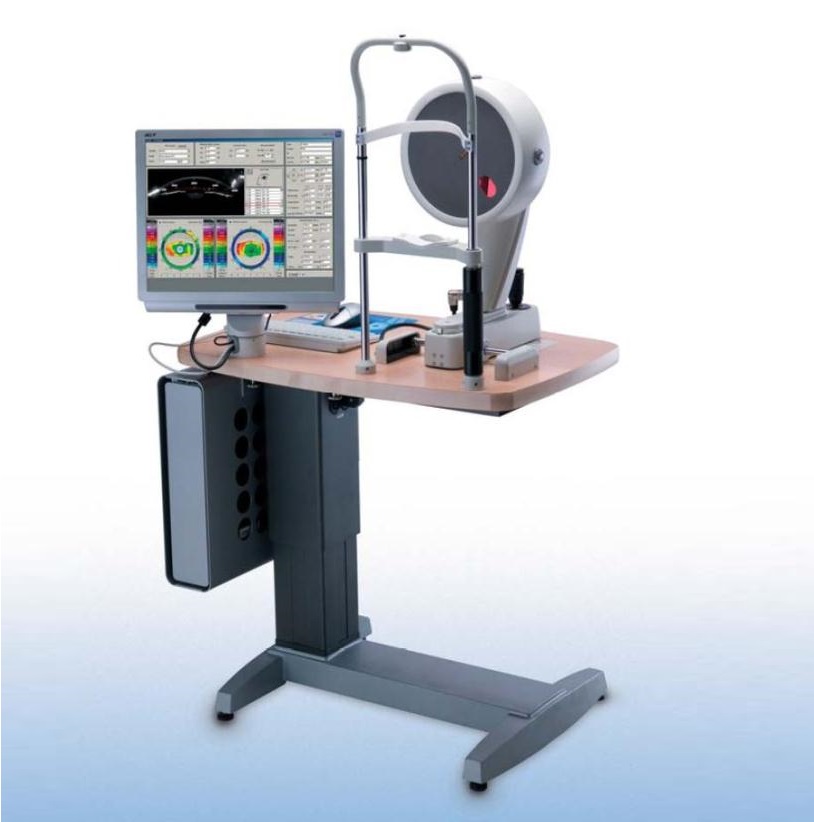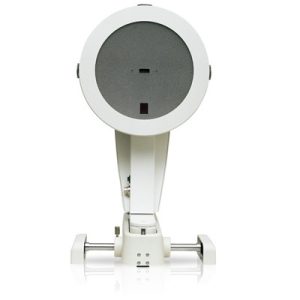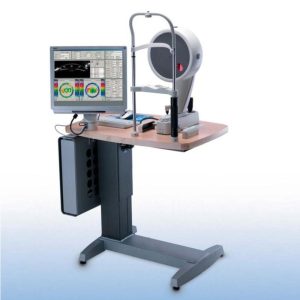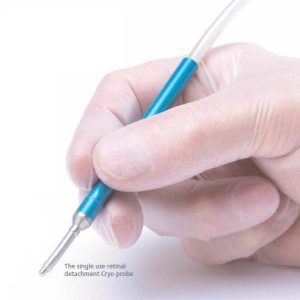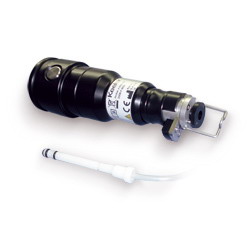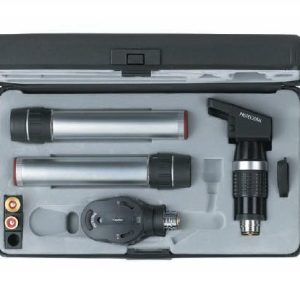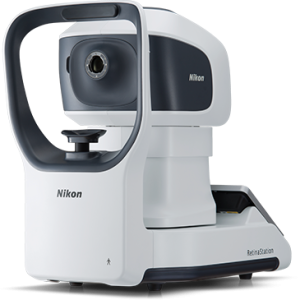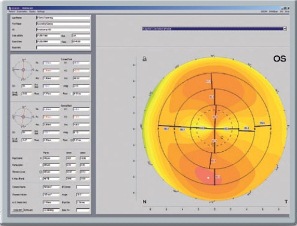 The rotating measurement principle guarantees high resolution of the measuring points in the central cornea. Topographic analysis of the anterior and posterior corneal surfaces is based on the measured real height data. These provide the basis for:
The rotating measurement principle guarantees high resolution of the measuring points in the central cornea. Topographic analysis of the anterior and posterior corneal surfaces is based on the measured real height data. These provide the basis for:
- Sagittal (axial), tangential (local)curvature maps, refractive power maps of the anterior and posterior corneal surface.
- Elevation maps of the anterior and posterior corneal surface.
- Four color coded maps display for refractive assessment.
- Topometric display for detailed corneal shape assessment including True Net Power Topography based keratoconus detection and classification.
- Comparison and differential displays.
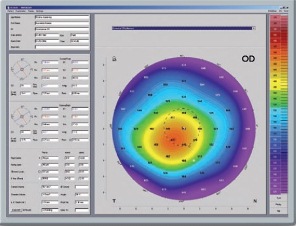
Pachymetry maps:
An overview representation in color shows the corneal thickness from limbus to limbus. The measured values can be displayed in a pre-determined grid or represented manually at any point via mouse click.
Automatic representation of: 1. Corneal thickness in the centre of the pupil. 2. Corneal thickness in the apex. 3. The thinnest point of the cornea.
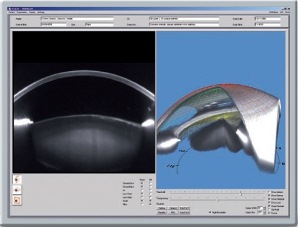
Applications:
Fast overview of gathered data.
Changes which become visible in the Scheimpflug image are represented amazingly well in a 3D model.
Details:
The rotatable and moveable 3D model of the anterior eye segment proves to be an enormous help in patient’s education. The patient can see his eye from all sides. Irregularities can be explained easily in this way.
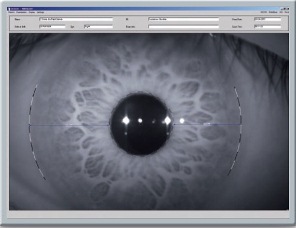
Applications:
- Overview image of the iris to recognize landmarks
- Automatic determination of the corneal diameter (HWTW)
- Determination of pupil location and shape
Details:
The OCULUS Pentacam®, as well as the OCULUS Pentacam® HR, are now equipped with an improved iris camera optic. The corneal diameter (HWTW) is calculated automatically from the iris photo and can be used for the selection and calculation of IOLs and pIOLs as well as for contact lenses.
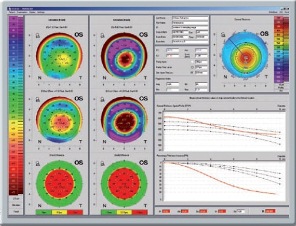
The Belin/Ambrosio Enhanced Ectasia display is the first screening tool which combines elevation data of the anterior and posterior corneal surface with corneal thickness progression analysis. It was developed in collaboration with Prof. Michael W. Belin, M.D. and Renato Ambrosio Jr., M.D.. Originally designed for myopic eyes it is now available for hyperopic eyes too. In addition to its overall more precise keratoconus detection this screening facilitates early detection in particular. The corneal thickness progression analysis is calculated using concentric rings, starting at the thinnest point and extending to the periphery. The evaluation of deviations from the standard elevation map and the enhanced elevation map is made easier by displaying the results in green, yellow and red. Several single indices are individually calculated. They are then combined into one global index and displayed color coded.
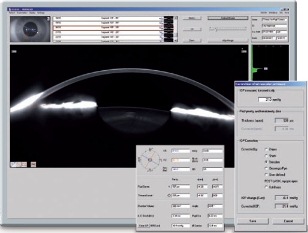
Applications:
- Glaucoma screening
- Pre- to post-operative comparison of changes in anterior chamber, e.g. after Iridectomy
Details:
- Tomographic representation, virtual model of anterior segment
- Automatic calculation of
- Anterior Chamber Angle (ACA)
- Anterior Chamber Volume (ACV)
- Anterior Chamber Depth (ACD), internal or external

